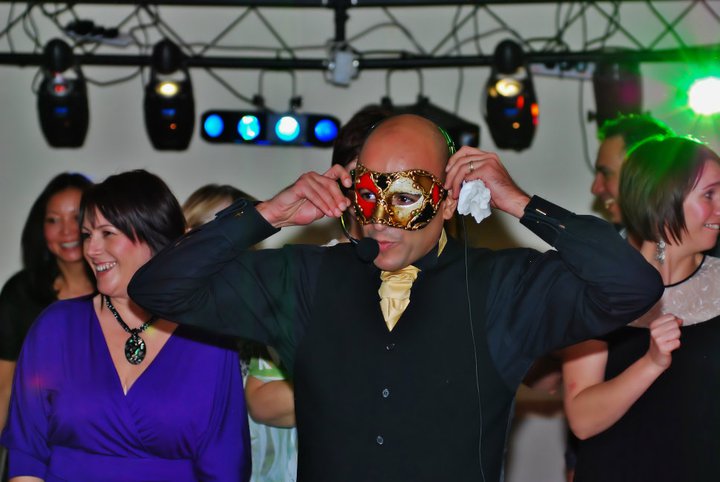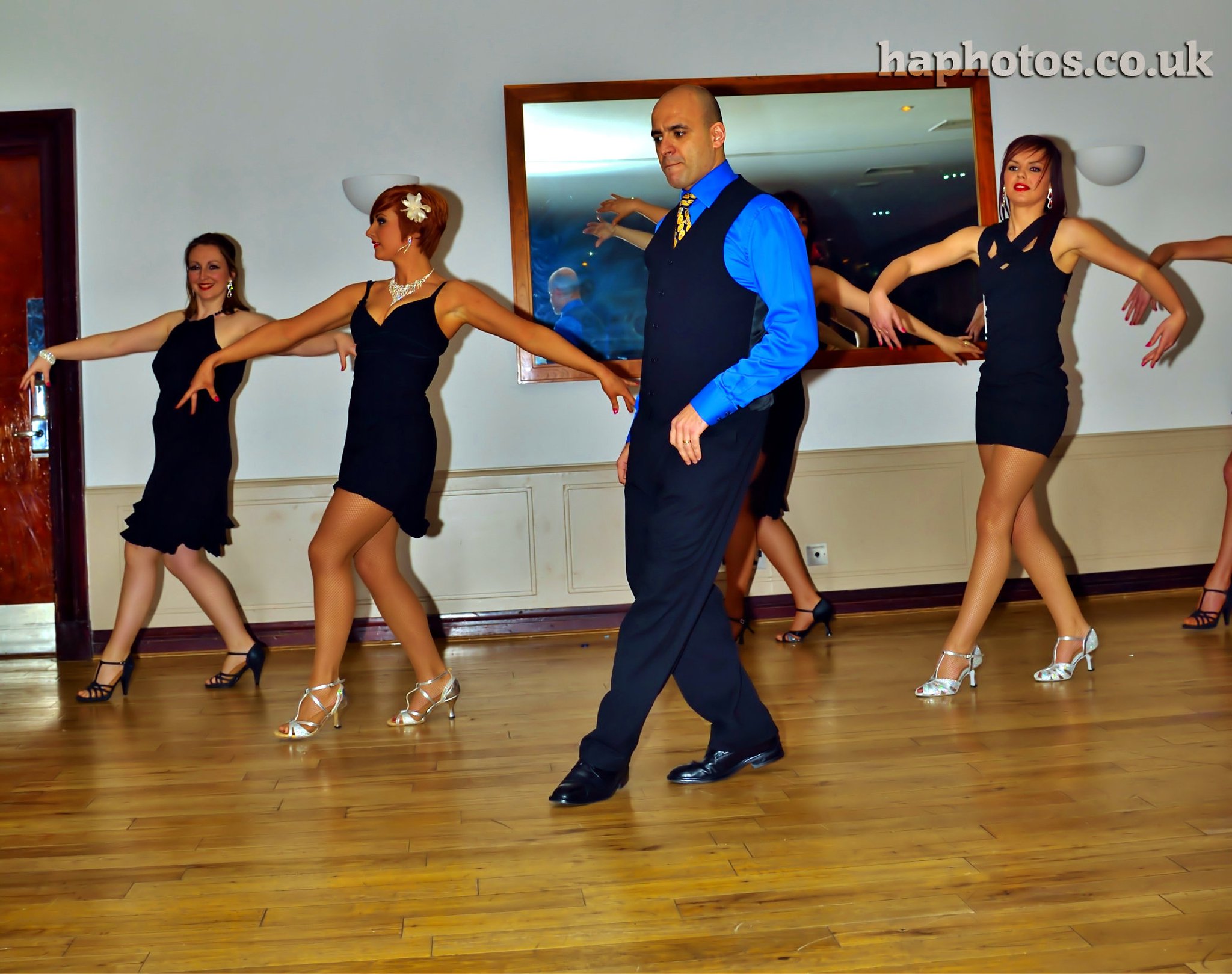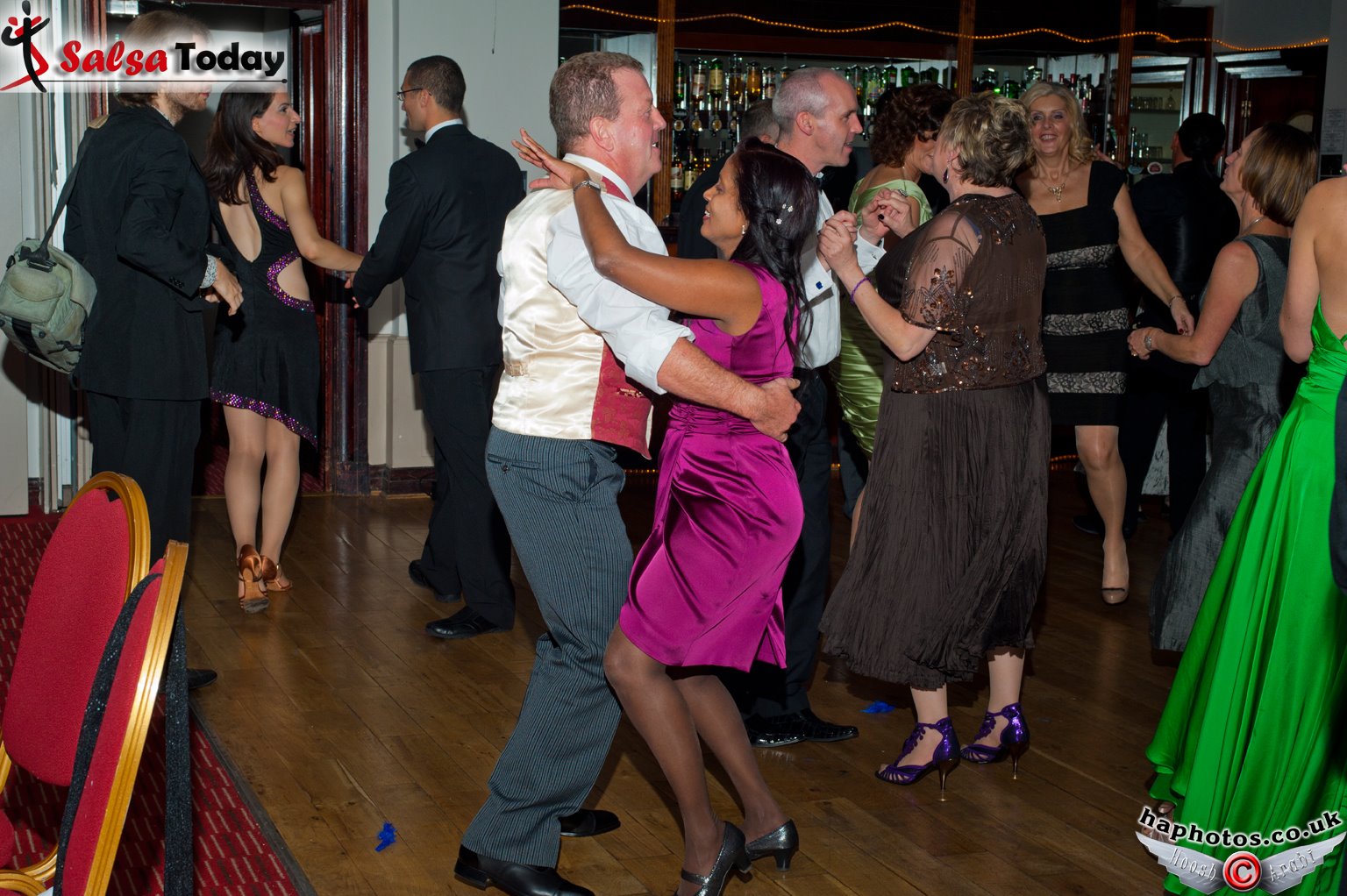Researchers have reported that social dancing helps to reduce stress, increase energy, Improve strength and increase muscle tone and coordination. The National Heart, Lung and Blood Institute (NHLBI) say that dancing can:
- Lower your risk of coronary heart disease
- Decrease blood pressure
- Help you manage your weight
- Strengthen the bones of your legs and hips
Dancing is a unique form of exercise because it provides the heart-healthy benefits of an aerobic exercise while also allowing you to engage in a social activity. This is especially stimulating to the mind, and a 21year study published in the New England Journal of Medicine even found dancing can reduce the risk of Alzheimer's disease and other forms of dementia in the elderly.
To be a part of any dancing activity such as Salsa, builds endurance and stamina, Helps with weight loss, Relieves stress, Helps you release toxins via sweating, May help lower blood pressure and improve cholesterol levels and can lead to a reduced heart rate over time. The physical exertion of dancing and the atmosphere of live dancing, creates one of the most effective ways of relieving stress available.
Social salsa dancing is the best way to relax, while also developing a new hobby. Since learning to dance is a skill that will stay with you for the rest of you life, you are gaining the benefit of being able to meet new people.
Dancing is a great way for people of all ages to get and stay in shape. Besides being fun, dancing has many positive health benefits. Following are the top 4 health benefits of dance described by Treva Bedinghaus in about.com guide.
1. Flexibility is an important part of being healthy. Dance requires a great amount of flexibility. Most dance classes begin with a warm-up including several stretching exercises. Dancers must strive to achieve full range of motion for all the major muscle groups. The greater the range of motion, the more muscles can flex and extend. Most forms of dance require dancers to perform moves that require bending and stretching, so dancers naturally become more flexible by simply dancing.
2. Strength is defined as the ability of a muscle to exert a force against resistance. Dancing builds strength by forcing the muscles to resist against a dancer's own body weight. Many styles of dance require jumping and leaping high into the air. Jumping and leaping require tremendous strength of the major leg muscles.
3. Endurance. Dance is physical exercise. Exercise increases endurance. Endurance is the ability of muscles to work hard for increasingly longer periods of time without fatigue. Regular dancing is great for improving endurance, especially vigorous dancing. Elevating the heart rate can increase stamina. Just as in any form of exercise, regular dancing will build endurance.
4. Sense of Well-Being. Dancing is a social activity. Studies have shown that strong social ties and socializing with friends contribute to high self-esteem and a positive outlook. Dancing provides many opportunities to meet other people. Joining a dance class can increase self-confidence and build social skills. Because physical activity reduces stress and tension, regular dancing gives an overall sense of well-being.
These benefits mentioned above and numerous others are the reason why we have been developing these classes and want to continue with it and expand our activities around UK.









